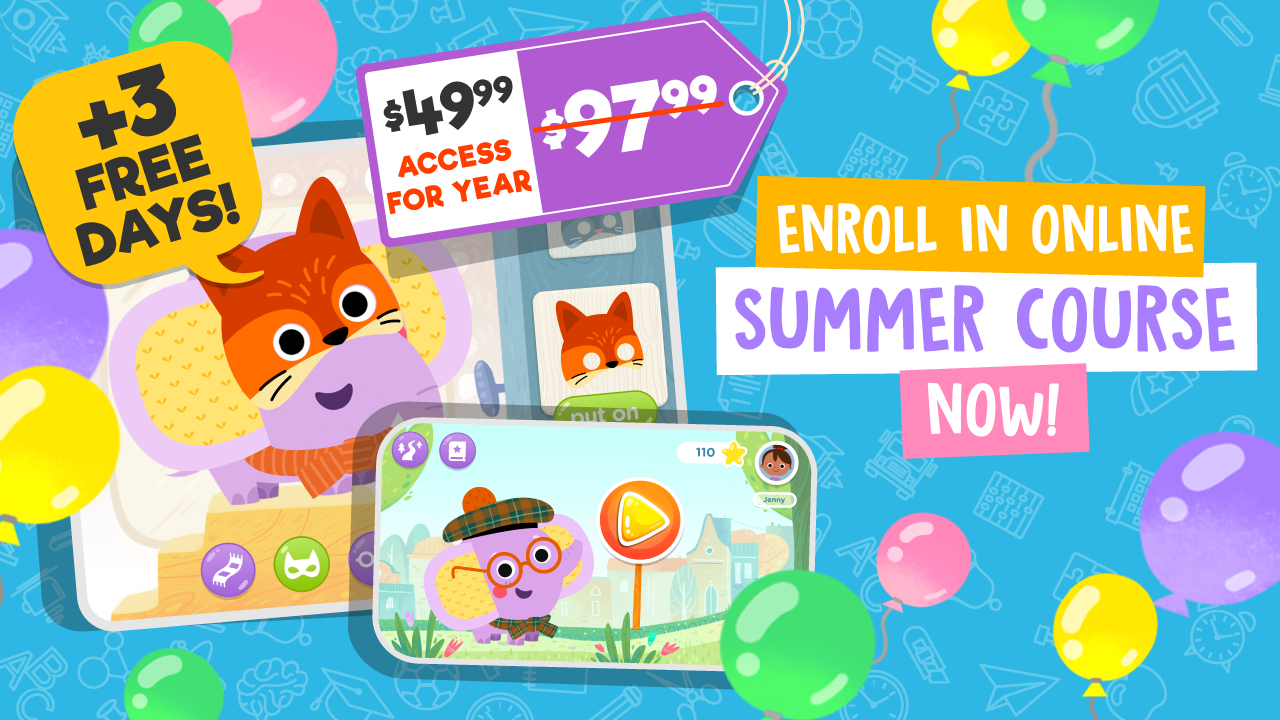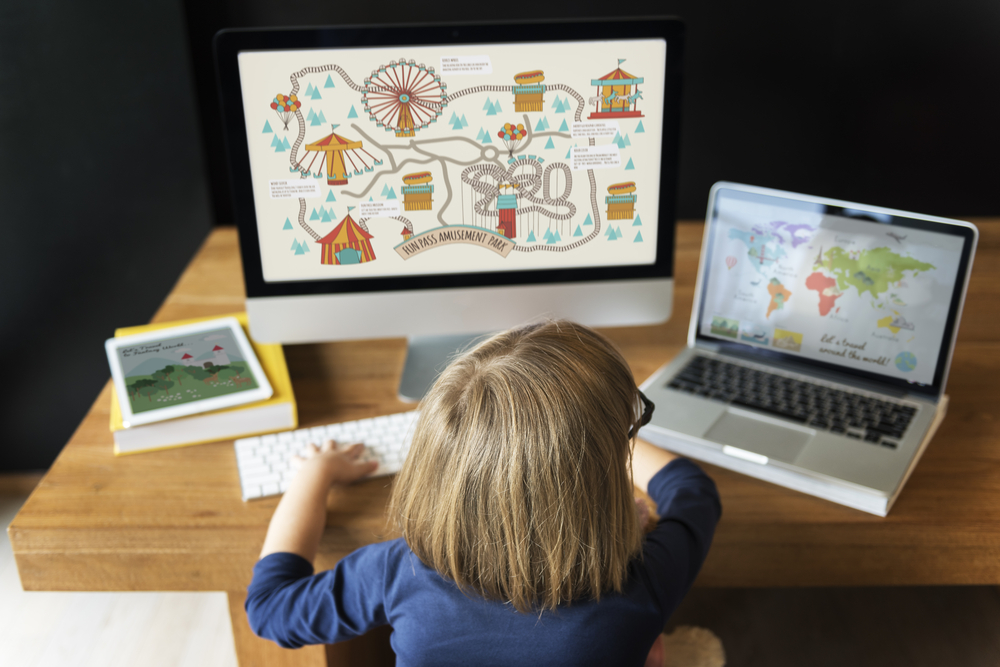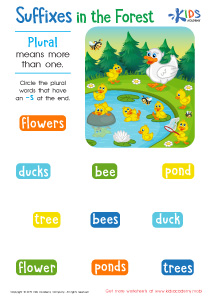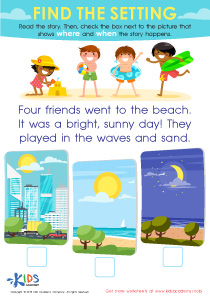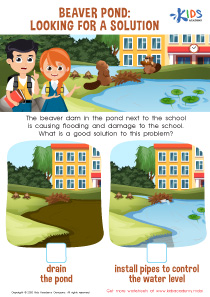Easy Connecting the Dots worksheets activities for Ages 8-9
2 filtered results
-
From - To
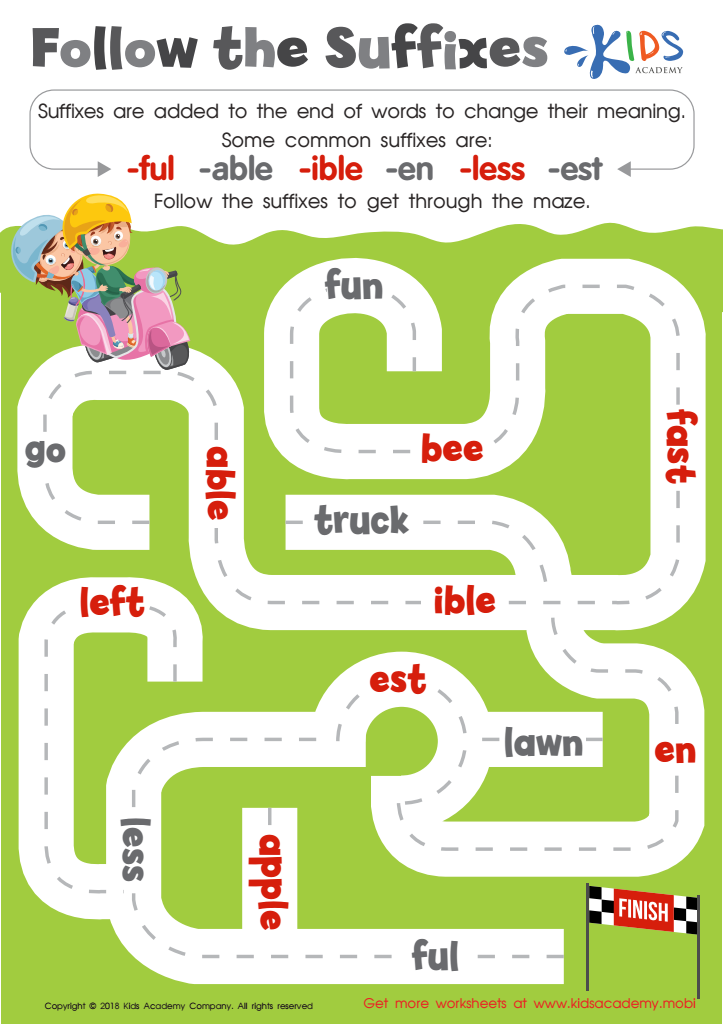

Reading: Follow the Suffixes Worksheet
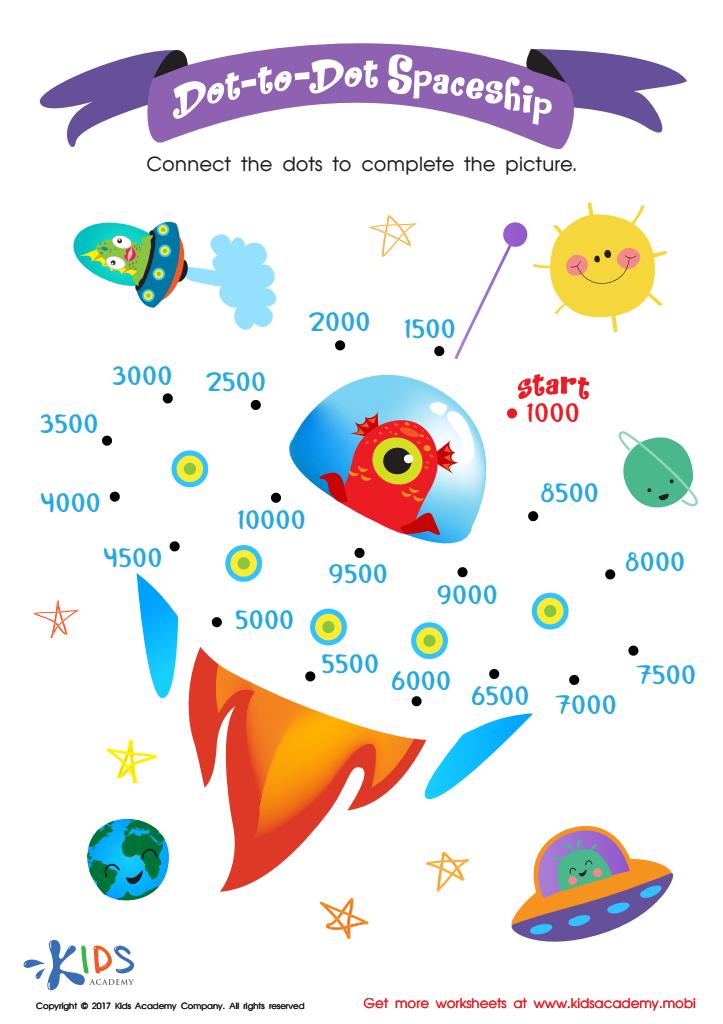

Dot to Dot Worksheet for 3rd Grade
Easy Connecting the Dots worksheets activities are an excellent resource for educators and parents looking for engaging ways to support children's learning. These simple yet effective worksheets are designed to enhance a child's educational journey in various ways, making them an invaluable tool in the developmental toolkit.
First and foremost, Easy Connecting the Dots worksheets activities provide a hands-on approach to learning that can captivate children's interest. By connecting dots to reveal a picture, kids are motivated to complete tasks, turning learning into a fun and rewarding experience. This method not only keeps them engaged but also helps in improving their concentration and focus.
Moreover, these activities are instrumental in developing fine motor skills. As children connect dots, they practice holding a pencil and controlling its movement, which is essential for writing. This practice is crucial in early childhood when children are just learning to grasp and manipulate objects. Easy Connecting the Dots worksheets are designed to be straightforward, reducing frustration and making the learning process enjoyable and accessible even for younger children.
Another significant benefit of Easy Connecting the Dots worksheets activities is their role in teaching children numbers and letters. As they follow the sequence of dots, children learn to recognize and order numbers or letters, reinforcing their understanding of these fundamental concepts. This sequential thinking lays the groundwork for more complex mathematical and linguistic skills, building a strong educational foundation.
Furthermore, these worksheets encourage creativity and imagination. Once the dots are connected, children often have the opportunity to color in the resulting picture. This not only makes the learning process more enjoyable but also allows for creative expression, an important aspect of cognitive development.
In conclusion, Easy Connecting the Dots worksheets activities are a versatile and effective educational tool. They engage children in a fun learning experience while developing essential skills such as fine motor skills, number and letter recognition, concentration, and creativity. These activities represent a perfect blend of learning and play, making them a favorite among educators and parents alike.
 Assign to My Students
Assign to My Students



